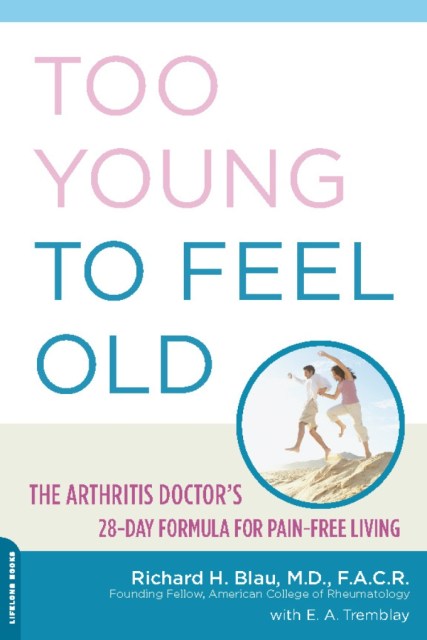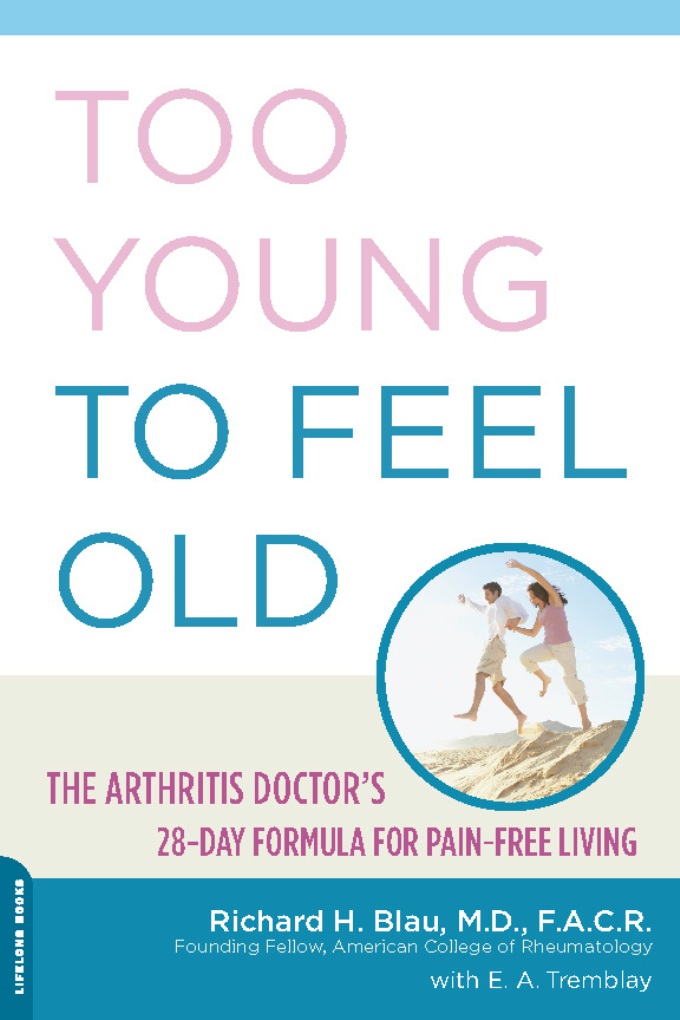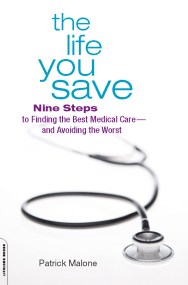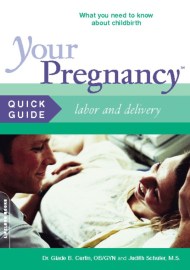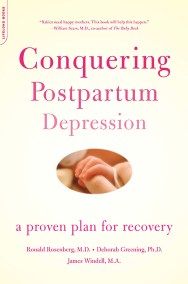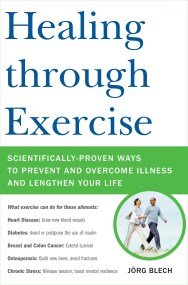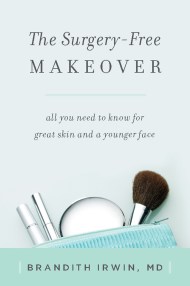Promotion
Use code MOM24 for 20% off site wide + free shipping over $45
Too Young to Feel Old
The Arthritis Doctor's 28-Day Formula for Pain-Free Living
Contributors
By Richard Blau
By E. A. Tremblay
Formats and Prices
Price
$9.99Price
$12.99 CADFormat
Format:
- ebook $9.99 $12.99 CAD
- Trade Paperback $16.99 $19.99 CAD
This item is a preorder. Your payment method will be charged immediately, and the product is expected to ship on or around December 25, 2007. This date is subject to change due to shipping delays beyond our control.
Also available from:
Nearly 43 million Americans suffer with joint pain, and that pain dominates their lives. But even the oldest among us are far too young to feel this way and, in fact, you don't need to live like this. In Too Young to Feel Old, leading rheumatologist Dr. Richard Blau shows you what you can do to get instant relief.With a straightforward Arthritis Doctor's Questionnaire that simulates a visit to a rheumatologist's office, you can determine the severity of your condition. From there, you will be able to personalize a 28-day program to help you reduce inflammation, maintain your range of motion, and decrease arthritic pain through one of the newest, most effective approaches known to modern science.The 28-day program provides you with: A four-week menu plan with nearly 100 delicious recipes that not only reduce common arthritis symptoms but also help you lose weight Step-by-step illustrations guiding you through simple exercises that reduce joint pain and stiffness, strengthen muscles, and improve flexibility and endurance A rundown of the latest breakthroughs in arthritis research, common treatments, and little-known alternative therapies Everything you need to know about sizing up arthritis doctors, from finding the right one to knowing what you should ask to get the information you need Whether you are aching with osteoarthritis or suffering with the inflammation and swelling of rheumatoid arthritis, Too Young to Feel Old can help you break out of a cycle of pain and into a life that is pain free.
Genre:
- On Sale
- Dec 25, 2007
- Page Count
- 288 pages
- Publisher
- Da Capo Lifelong Books
- ISBN-13
- 9780738212388
Newsletter Signup
By clicking ‘Sign Up,’ I acknowledge that I have read and agree to Hachette Book Group’s Privacy Policy and Terms of Use
